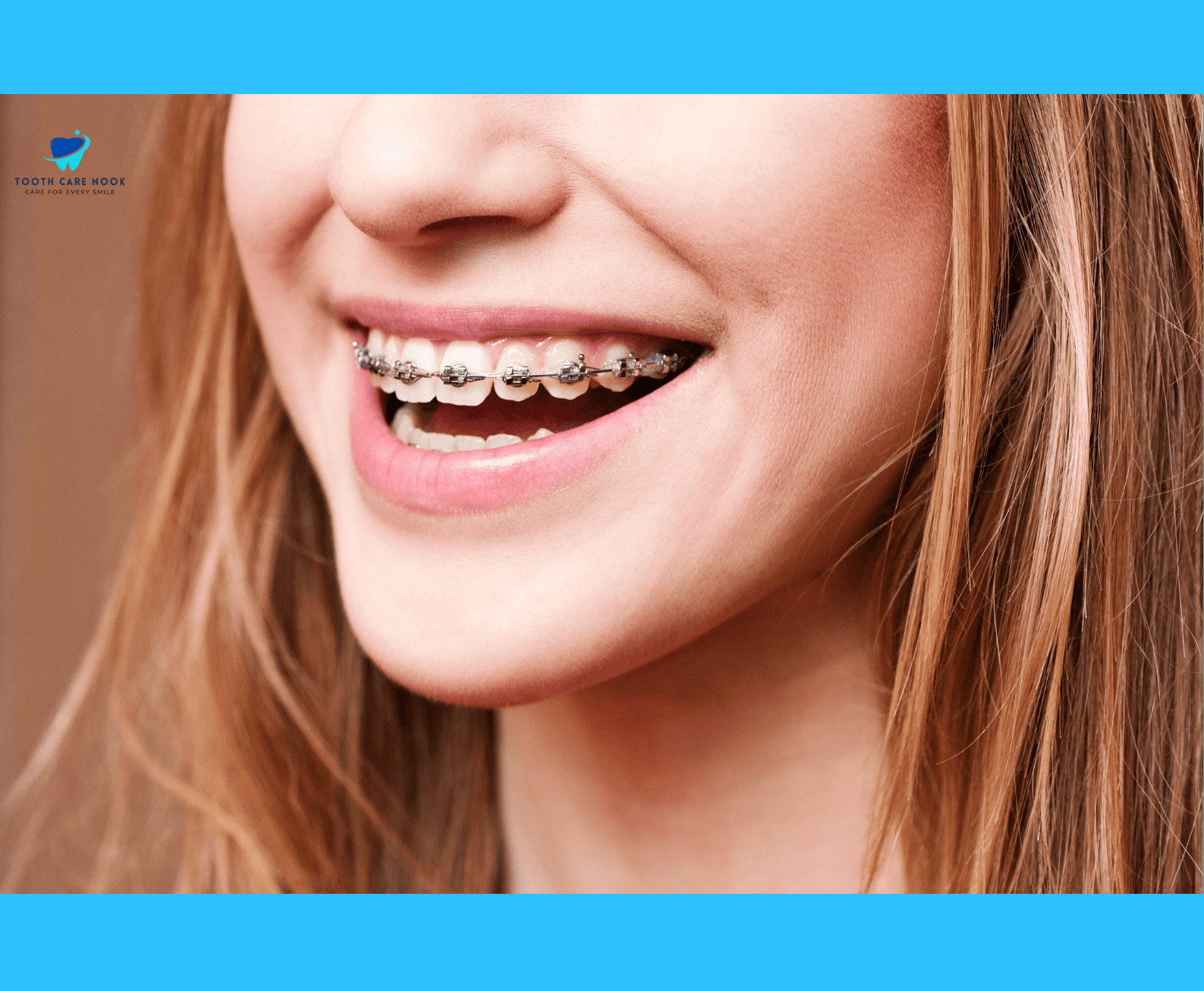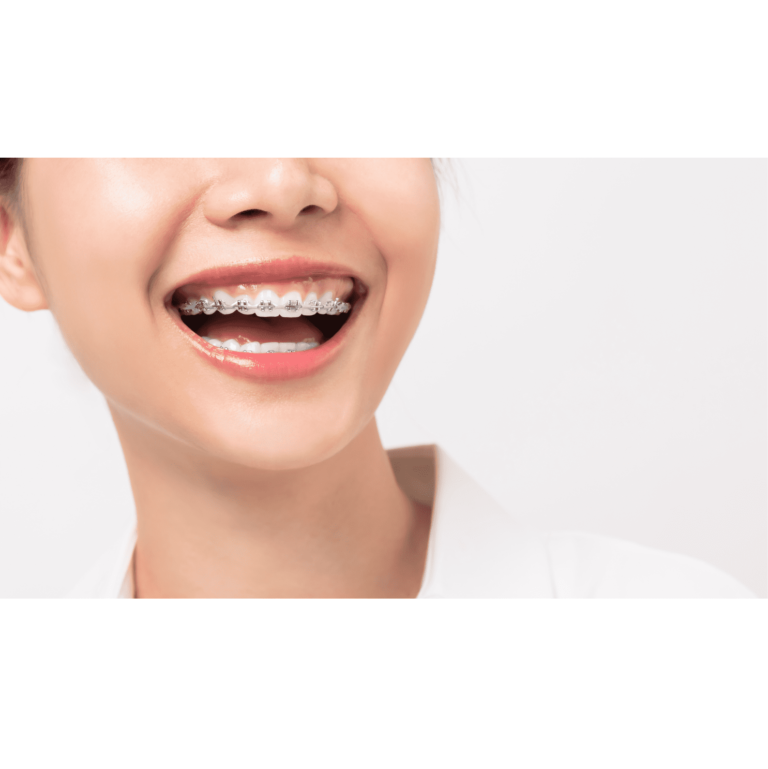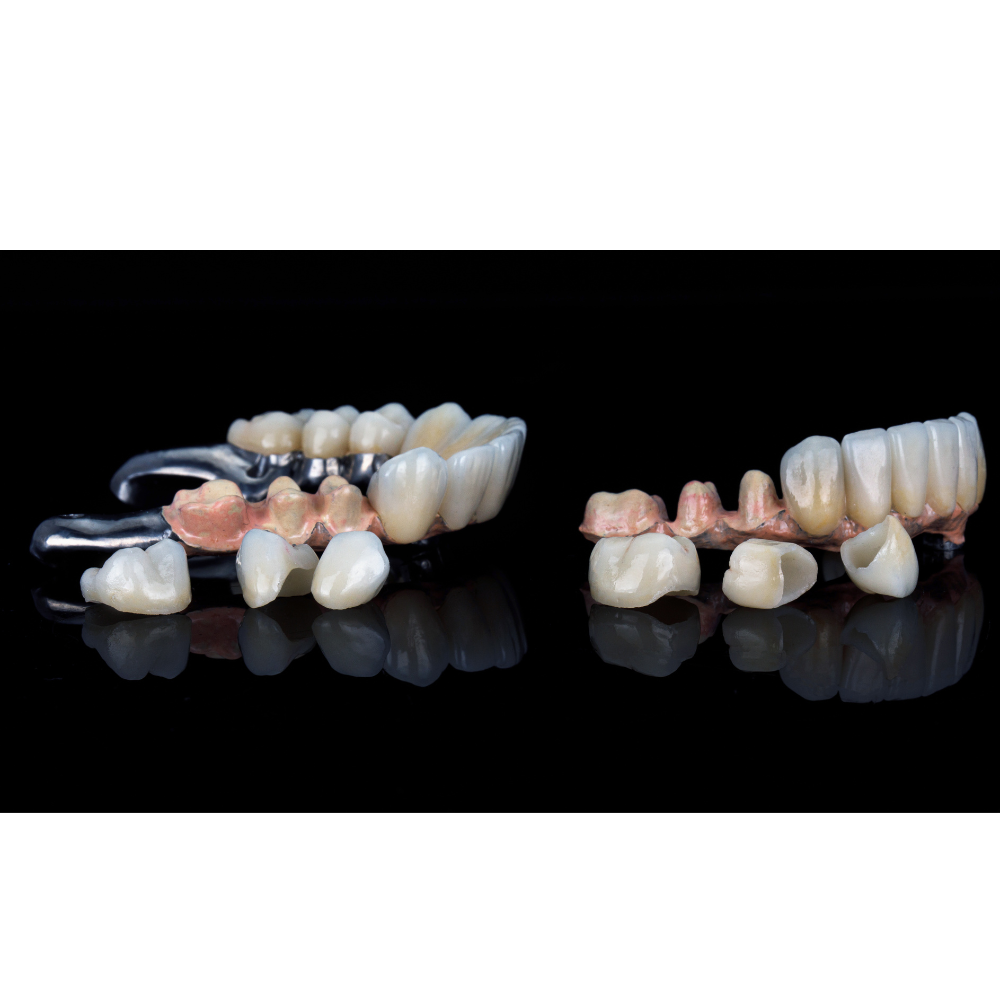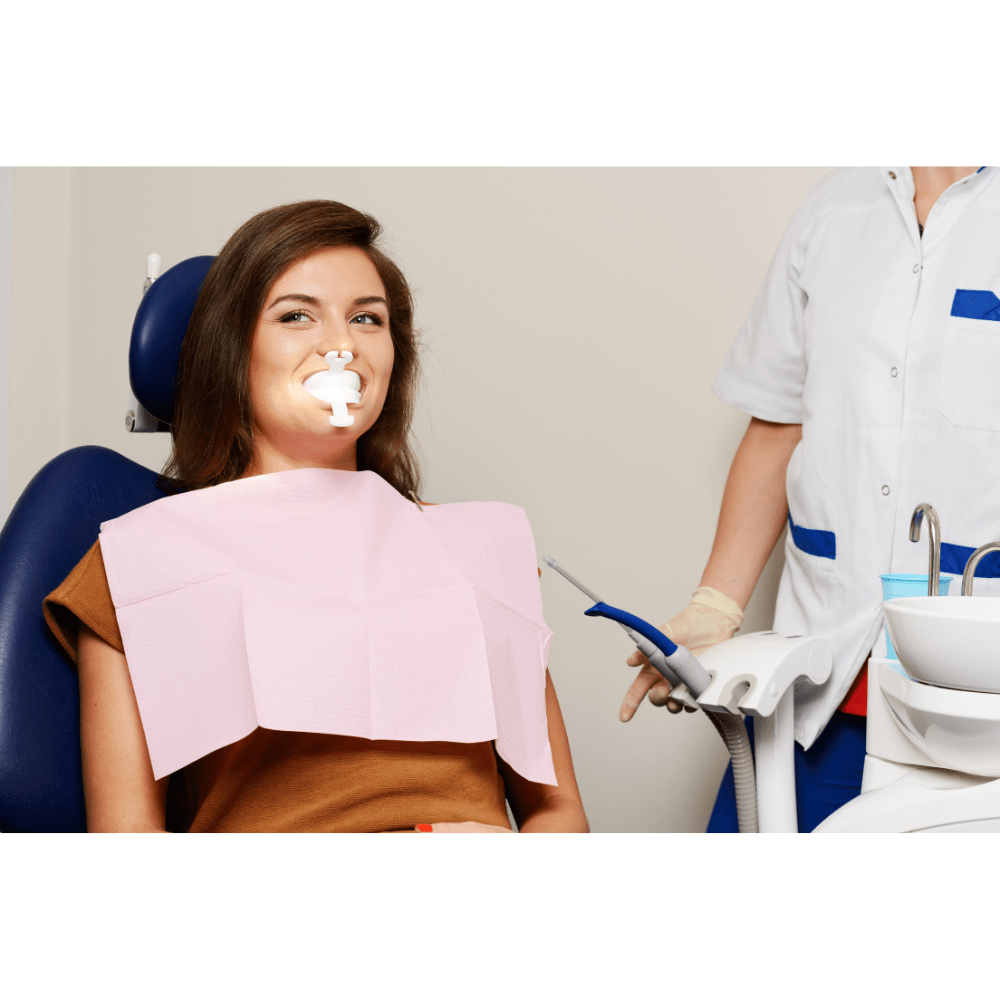What Are Coil Springs For Braces? | Know it All
When it comes to orthodontic treatment, braces are often the go-to solution to correct your misaligned teeth and achieve a straighter smile. Different parts of braces work together to gradually shift teeth into their desired positions. One such component that plays a very important role in this process is the coil spring.
Here we’ll go deeper to know all about coil springs by exploring their role, their types, and their needs. The first thing we need to understand about coil springs is what they are.
What Are Coil Springs For Braces?
Coil springs are specialized components particularly used with braces. These springs are made from materials like stainless steel or titanium and are designed in a coiled shape which gives them flexibility and resilience.
They are strategically placed between brackets on the archwire of braces to apply controlled and consistent pressure to the teeth.
What Do Springs on Braces Do
Coil springs apply controlled pressure to the teeth. They assist in various orthodontic corrections like closing gaps between teeth and creating space between crowded teeth. Also, make space for teeth that are impacted or blocked from erupting.
Sometimes, certain teeth cannot erupt properly due to obstruction or lack of space. Coil springs can help create the necessary space and apply the right amount of force to encourage these teeth to move into alignment.
Types of Orthodontic Springs
Following are the two common types of orthodontic spring:
Open Coil Spring Braces
Open coil spring braces are springs with tiny gaps between their coils. They are super handy because they can be easily adjusted.
They’re often used when there’s crowding or when teeth need to be spaced out a bit for other treatments. By gently pushing on the teeth, these springs gradually create more space which allows for better alignment over time.
Closed Coil Spring Braces
A closed coil spring brace is a spring where the coils are tightly packed together, without any gaps. These springs on brace wire are perfect for closing gaps between teeth or bringing neighboring teeth closer together.
They work by applying gentle pressure which nudges the teeth slowly but surely into a more uniform alignment. Now let’s talk about other parts of braces:

Parts of Braces
Here are the main parts of braces other than coil springs:
Brackets
These are small, square-shaped attachments that are bonded to the front surface of each tooth using a special adhesive. Brackets act as anchors for the archwire and other components of the braces.
Archwire
The archwire is a thin, metal wire that runs through the brackets which connects them and exerts pressure on the teeth to move them into the desired positions. Orthodontists use different types of archwires, such as stainless steel or nickel-titanium which depends on the treatment needs.
Elastics
Elastics are small rubber bands that are attached to the brackets to provide additional force for moving the teeth. They are often used to correct bite issues or to align the jaws properly.
Bands
Bands are the parts of braces with metal rings that are fitted around the molars to hold the archwire securely in place. They provide stability and support to the entire braces system.
Ligatures
Ligatures are tiny elastic bands or brace wires used to secure the archwire to the brackets. They come in different colors and are changed periodically during appointments.
Hooks
Hooks are small attachments on the brackets where elastics or other parts can be attached to provide additional force for tooth movement.
Why Do You Need Teeth Springs With Braces?
You need teeth springs with braces if you want an effective orthodontic treatment. Paired with braces, you can get customized treatment plans for your teeth to ensure precise tooth movement and optimal alignment.
Their combination with braces enhances the effectiveness and efficiency of correction which leads to successful outcomes for you.
Possible Complications With Metal Springs in Braces
Following are the possible complications associated with metal springs in braces:
Allergic Reactions:
Some individuals can experience allergic reactions to the metals used in the springs, such as nickel or chromium. This can lead to irritation, inflammation, or allergic dermatitis in the mouth.
Soft Tissue Irritation:
Metal teeth springs can rub against the soft tissues of the mouth which causes irritation, ulcers, or sores. This discomfort can make wearing braces unpleasant and may require adjustments.
Loosening or Displacement:
Metal springs can become loose or displaced over time, especially if they are subjected to excessive force or pressure. This can affect the effectiveness of the treatment and can require immediate attention.
Breakage:
Metal springs in mouth braces can break or fracture, if they are exposed to significant stress or trauma. Broken tooth springs can interfere with tooth movement and may necessitate replacement or repair.
Interference with Speech:
In some cases, metal teeth springs in braces may interfere with the speech which causes difficulty in articulation or pronunciation. This is usually temporary and improves as the patient adjusts to wearing braces.

FAQs
Do Coil Springs On Braces Hurt?
Coil springs on braces can cause discomfort for some individuals, particularly when they are first placed or adjusted. The pressure exerted by the coil springs to move teeth may cause soreness or tenderness in the mouth, especially in the areas surrounding the brackets where the springs are attached.
How Long Do Open Coil Springs Last On Braces?
Open coil springs on braces remain in place for the duration of 3 to 6 months. The exact duration depends on the individual treatment plan and the specific needs of the patient. Throughout the treatment process, the open coil springs can be periodically adjusted or replaced to ensure optimal tooth movement and alignment.
How to Fix Coil Springs On Braces Wire?
You cannot fix coil springs on braces wire at home. It includes the placement and adjustment of coil springs, which should be conducted by a qualified orthodontist. Attempting to fix coil springs at home without proper training and expertise can lead to complications, discomfort, and ineffective treatment outcomes.
What Are the Disadvantages of Coil Springs?
Here are some disadvantages of coil springs:
- Coil springs can become loose or displaced over time which affects their effectiveness in tooth movement.
- They can cause discomfort or difficulty when eating certain foods, particularly hard or sticky items.
- They can also make cleaning teeth and braces more challenging which requires extra effort to maintain oral hygiene.



